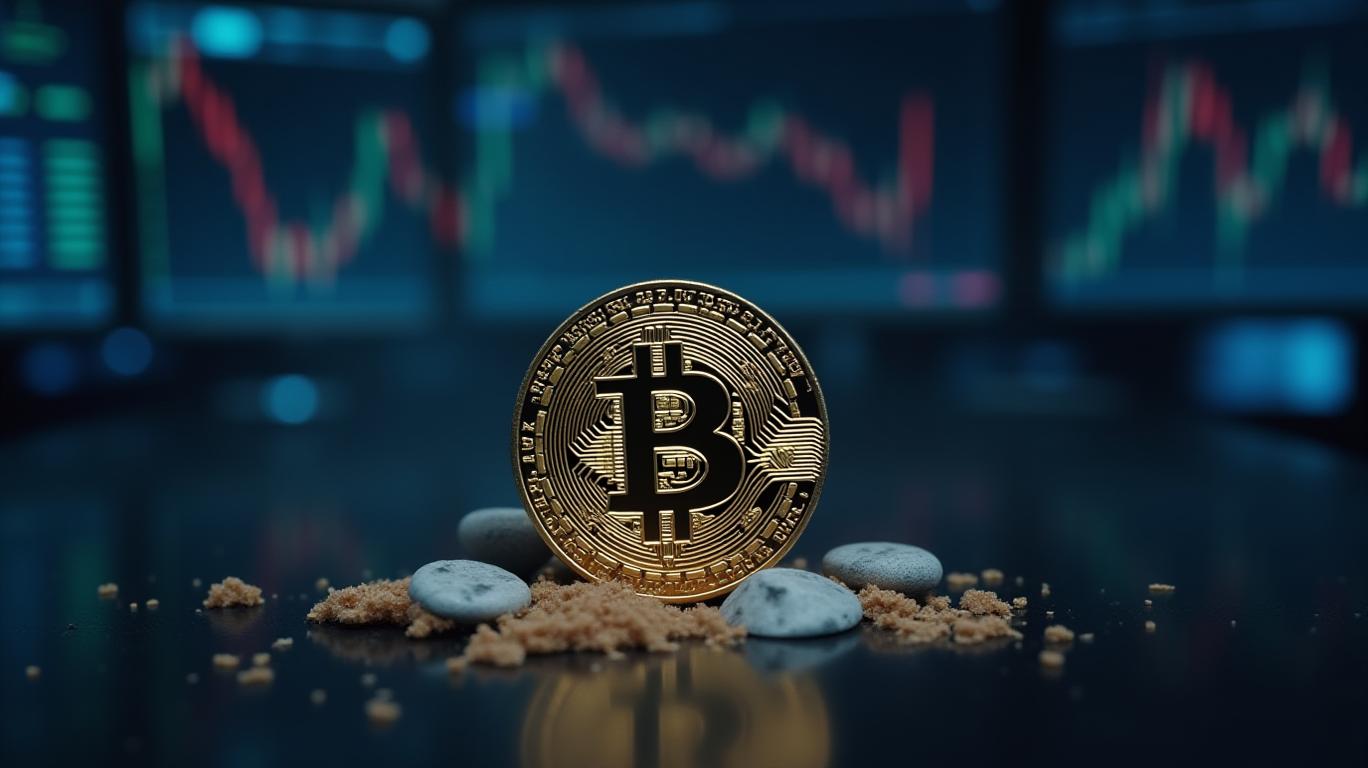A Token’s 90% Crash Shows Some Things Never Change in Crypto
The cryptocurrency market’s volatility is no secret, but the catastrophic collapse of Mantra DAO’s om token in early 2025 offers a stark reminder of crypto’s enduring vulnerabilities. On April 13, 2025, OM plummeted 94% within hours—from $6 to $0.37—before stabilizing slightly at $0.77 by April 16. The crash, attributed to reckless forced liquidations by centralized exchanges, exposed familiar flaws: centralized control risks, poor token design, and the precarious balance between innovation and investor trust.
The Crash: A Perfect Storm of Liquidity and Liquidity
The OM token’s freefall began during off-peak trading hours, a period when liquidity typically thins. Over $50 million in OM futures were liquidated in minutes, with open interest collapsing from $345 million to $130 million.  Centralized exchanges exacerbated the crisis by executing forced liquidations without margin calls or warning, per Mantra’s claims. This lack of transparency amplified panic, as traders scrambled to exit positions.
Centralized exchanges exacerbated the crisis by executing forced liquidations without margin calls or warning, per Mantra’s claims. This lack of transparency amplified panic, as traders scrambled to exit positions.
The incident’s timing was cruel: OM had peaked at $8.99 in February 2025, fueled by partnerships with Google Cloud and DAMAC Group (a $1 billion real estate tokenization deal). Those collaborations now hang in the balance, underscoring how crypto’s promise of tokenizing real-world assets (RWAs) remains fragile without robust infrastructure.
The Blame Game: Exchanges, Tokenomics, and Trust
Mantra’s team swiftly blamed centralized exchanges for the crash, accusing them of using “reckless” liquidation practices that triggered a cascade. Co-founder John Patrick Mullin argued that positions were closed without notice, violating fair trading principles. Yet critics pointed to deeper issues.
First, OM’s tokenomics were flawed. Analysts highlighted an oversupplied circulating supply and “sketchy” on-chain activity, including pre-crash transfers of millions of tokens to exchanges by wallets linked to strategic investors like Laser Digital. This raised suspicions of premeditated selling—a red flag for investors.
Second, the team’s response—burning 300 million OM tokens (a significant portion of the total supply)—was dismissed by skeptics as a “desperate PR move.” While burning tokens can tighten liquidity, it does little to address systemic risks like centralized exchange power or poor governance.
The Bigger Picture: RWA’s Growing Pains
The OM crash is a microcosm of crypto’s broader challenges. Real-world asset tokenization, once hailed as the industry’s next frontier, faces existential hurdles. Hank Huang of Kronos Research noted that “resilient infrastructure and transparency are prerequisites for RWA adoption.” Without them, projects risk becoming flash-in-the-pan experiments.
Investors, too, face a dilemma. The bearish “bear pennant” pattern on OM’s chart suggests further declines, with analysts predicting a potential bottom at $0.05—a 90% drop from post-crash levels. Meanwhile, exchanges like OKX are under pressure to reform liquidation practices, but progress is slow.
Conclusion: Crypto’s Vicious Cycle
The OM token’s collapse reinforces a painful truth: crypto’s recurring crises stem from the same old problems—centralization, poor governance, and speculative token designs. While Mantra claims to be a victim of exchange malpractice, the data tells a different story:
- Liquidity Risks: Over $200 million in open interest vanished in a single day, exposing reliance on volatile derivatives markets.
- Tokenomics Flaws: OM’s supply was inflated by 1.5 billion tokens pre-crash, with only 10% burned to date.
- Trust Erosion: Strategic investors’ pre-crash activity suggests insider knowledge, undermining faith in transparency.
For investors, the lesson is clear: tokenized assets require more than hype. Success demands decentralized safeguards, rigorous audits, and liquidity buffers. Until crypto’s foundations harden, its “moon” promises will keep crashing back to Earth.
In 2025, as in 2017 or 2021, crypto’s greatest risk isn’t technology—it’s human nature. Until that changes, the cycle of boom, bust, and blame will continue.










